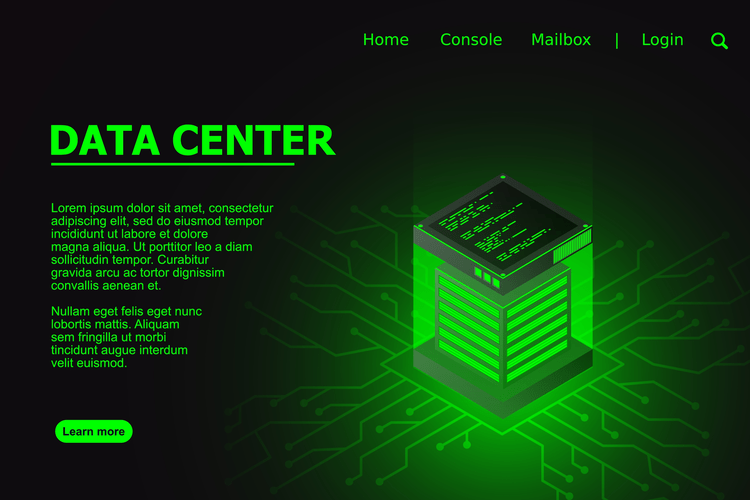In this same stage, requirement analysis is also performed by the developers of the organization. This is attained from customer inputs, and sales department/market surveys. Once the Development phase is complete, the next step is to test the software thoroughly. The testing team receives the developed software, where Software Testers and Quality Analysts conduct various tests to detect defects.

After the testing phase is complete, the first version of the software is deployed and delivered to the customer for use. As a large group of end-users use the software, there is a possibility of missed boundary cases that result in bugs. There is also scope for upgrading the software with newer versions and implementing the latest security patches and technologies.
Software Development Life Cycle (SDLC) Models [Full Guide]
Software requires constant evolution as you adapt it to meet the changing needs of your end users. I’ve used their Jira product for scrum-based software projects. Scrum relies on a scrum master to oversee the agile ceremonies and shepherd the team toward project goals. For smaller companies, the product manager often serves in this capacity. Applying SDLC to your software project involves adopting a specific execution methodology. An app you built for Apple’s iOS 12 may no longer work by the time end users upgrade their iPhones to the latest iOS version.

Additionally, one can enhance the software by adding more features to the existing software. During the Development Phase, the programming languages and different frameworks come into use for the actual implementation of the product. The developers must follow predefined coding standards and guidelines, as well as complete project modules within the defined deadline. This phase is the longest and one of the most critical in the Software Development Life Cycle. This model adopts the best features of the prototyping model and the waterfall model. The spiral methodology is a combination of rapid prototyping and concurrency in design and development activities.
Big Bang model: a chaotic one
Let’s say the first version has met your expectations, it is really convenient to plan things for the week and users began to work more efficiently. We can also distinguish the Operations and Maintenance stage – a post-deployment step that involves further product support, patching, and updates. This stage is intended for turning software specs into the Product Design Specification – a description that documents the solution and states the success criteria. Design specs include tools to use, interface, structure, logic, dependency, performance, etc. Scarce resources as developers are tied up, which could slow down other projects.
- One example of an Iterative model is the Rational Unified Process (RUP), developed by IBM’s Rational Software division.
- Further, as conditions in the real world change, we need to update and advance the software to match.
- ALM includes the entire lifecycle of the application and continues beyond SDLC.
- This SDLC methodology is the most widely used alternative of the waterfall one.
- The software development lifecycle (SDLC) methodology provides a systematic management framework with specific deliverables at every stage of the software development process.
- The final stage of the software development life cycle is maintenance and operations.
In this approach, the whole process of the software development is divided into various phases of SDLC. In this SDLC model, the outcome of one phase acts as the input for the next phase. Since the process is linear, the waterfall model encapsulates the SDLC phases well. Many developers I worked with loved kanban’s self-regulating approach. Another of Atlassian’s software products, Trello, is specifically designed for kanban projects. The SDLC also gives your team a road map for building and launching software.
Build
This linear development methodology sprang from the Waterfall approach. It’s characterized by a corresponding testing phase for each development stage. Like Waterfall, each stage begins only after the previous one has ended. This SDLC model can be useful, provided your project has no unknown requirements. SDLC is also an abbreviation for Synchronous Data Link Control and software development life cycle.

To this day, we have more than 50 recognized SDLC models in use. But None of them is perfect, and each brings its favorable aspects and disadvantages for a specific software development project or a team. After the development of the product, testing of the software is necessary to ensure its smooth execution.
Introduction to SDLC
However, each of the SDLC life cycle models can be customized to work best for specific teams or projects. Let’s review the most popular SDLC models and highlight their strong and weak points. Rapid application development life cycle puts the experience of actual users above abstract design specifications. Let’s sort out the basics before diving headfirst into the numerous types of SDLC models and Agile methodology in the software development life cycle. OpenText supports each of these software development life cycle phases in our value stream management platform OpenText™ ValueEdge. The agile model arranges the SDLC phases into several development cycles.
Following the best practices and/or stages of SDLC ensures the process works in a smooth, efficient, and productive way. If you haven’t yet started your journey as a software developer, you might ask yourself, “Is software development for me? ” Here are some signs that this career path might be one that you will enjoy. https://www.globalcloudteam.com/ The next step in the cycle is to evaluate these different alternatives based on the objectives and constraints. The focus of evaluation in this step is based on the risk perception for the project. The Lean process is about working only on what must be worked on at the time, so there’s no room for multitasking.
An overview of agile project management
According to the standard, some processes which involve planning, performance, and evaluation should be considered at every stage. Although this quote applies to many choices we make in our everyday life, it also perfectly fits the process of developing software projects. How to make a plan that will help direct your workflows in the right direction? This is where the Software Development Life Cycle (SDLC) comes into play. SDLC is a kind of basis that makes the development process consistent and simplifies the technical support of IT projects. Searching for an SDLC platform than can streamline development?
Next, let’s explore the different stages of the Software Development Life Cycle. This article will explain how SDLC works, system development life cycle dive deeper in each of the phases, and provide you with examples to get a better understanding of each phase.
Defining requirements
This model works best for small projects with smaller size development team which are working together. It is an ideal model where requirements are either unknown or final release date is not given. The SDLC process is repeated, with each release adding more functionality until all requirements are met. In this method, each cycle act as the maintenance phase for the previous software release. The SDLC process involves several distinct stages, including planning, analysis, design, building, testing, deployment and maintenance. It is an ideal model where requirements is either unknown or final release date is not given.



